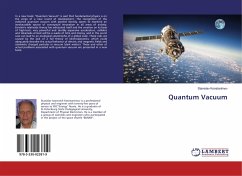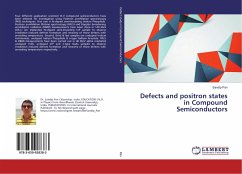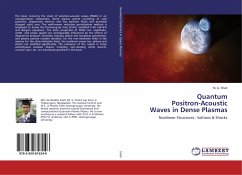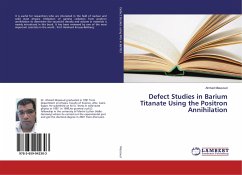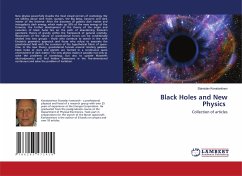
Black Holes and New Physics
Collection of articles
Versandkostenfrei!
Versandfertig in 6-10 Tagen
24,99 €
inkl. MwSt.

PAYBACK Punkte
12 °P sammeln!
New physics powerfully invades the most closed corners of cosmology. We are talking about dark holes, quasars, the Big Bang, baryonic and dark matter of the Universe. After the discovery of galactic dark matter and intergalactic dark energy, which make up 95% of the mass energy of the Universe, the further development of the theory of the origin and evolution of black holes lies on the path of abandoning Einstein's geometric theory of gravity within the framework of general relativity. Researchers of the nature of gravitational forces can be conditionally divided into two groups - those who co...
New physics powerfully invades the most closed corners of cosmology. We are talking about dark holes, quasars, the Big Bang, baryonic and dark matter of the Universe. After the discovery of galactic dark matter and intergalactic dark energy, which make up 95% of the mass energy of the Universe, the further development of the theory of the origin and evolution of black holes lies on the path of abandoning Einstein's geometric theory of gravity within the framework of general relativity. Researchers of the nature of gravitational forces can be conditionally divided into two groups - those who continue to search in line with Einstein's geometric approach and those who refuse to associate the gravitational field with the curvature of the hypothetical fabric of space-time. In the new theory, gravitational funnels around rotating galaxies, black holes of stars and planets are formed in a continuous space environment of dark matter. The new physics makes it possible not only to solve the problems of cosmology, but also to update Maxwell's electrodynamics and find hidden dimensions in the five-dimensional continuum and solve the problem of levitation.



